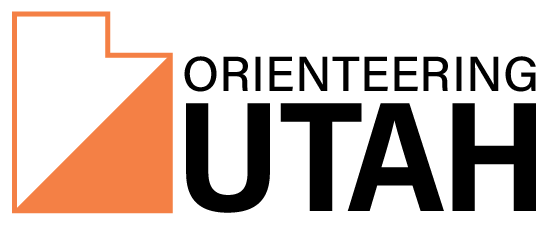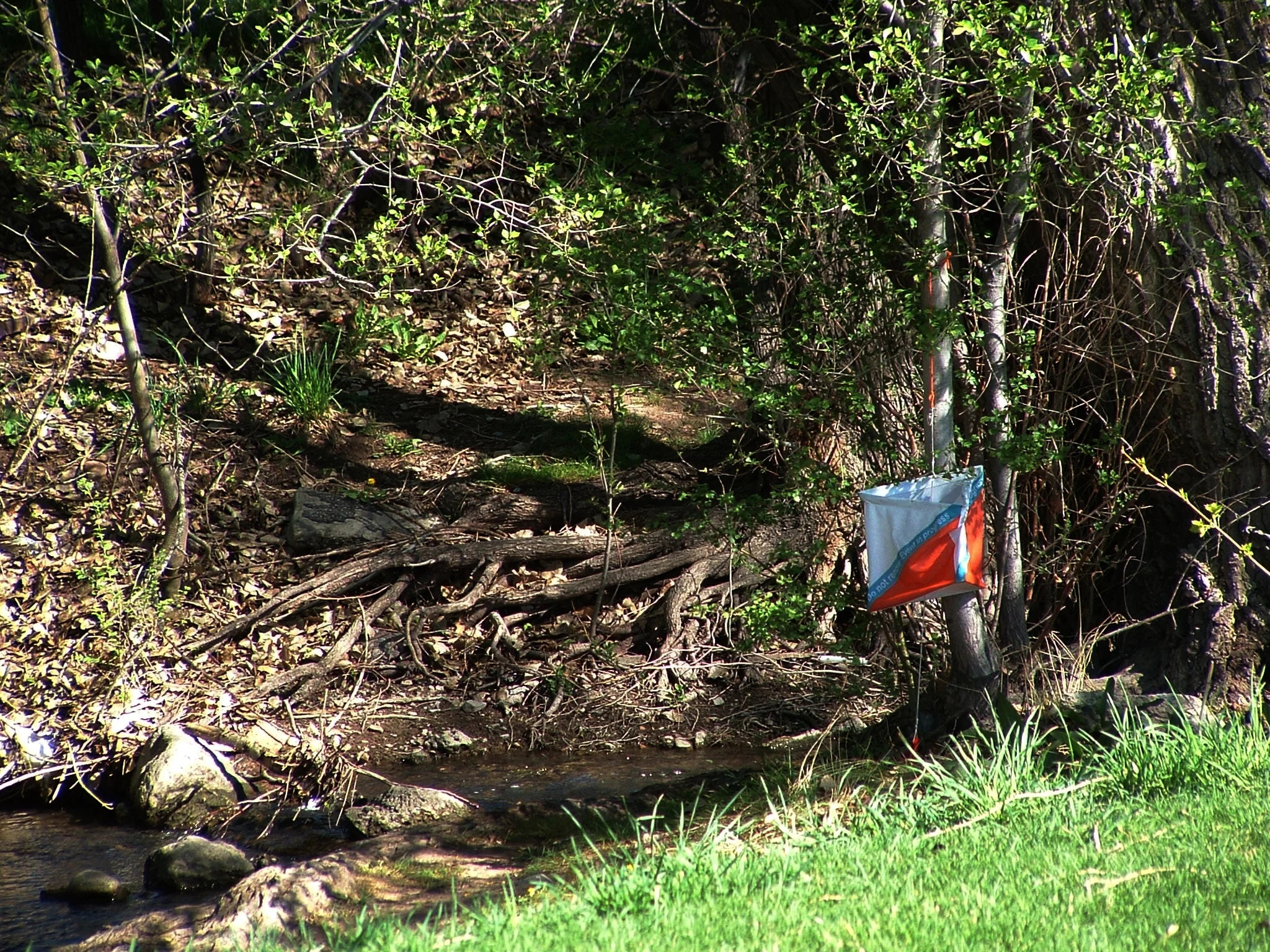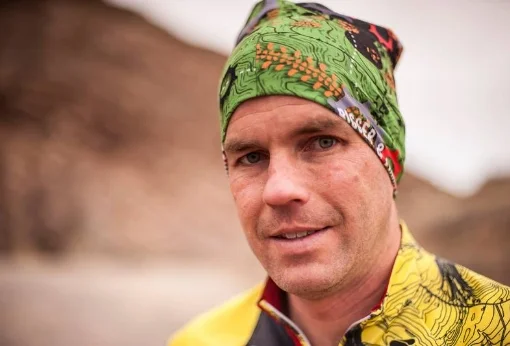What to expect
When you arrive at the event, fill out registration form and any waivers. You will receive your map and a start time. We stagger the starts so that people on the same course aren't all going at once. So, start time from 10 to 12 means you can show up anytime between those hours to begin your race.
Instructions are available upon request.
Go to the starting position. Do not begin the course before your beginning time is marked on your card because time matters for scoring.
From start (triangle on the map) go to the first control (circled on the map with a #1), then go to #2, #3, etc...in that order.
Generally it takes about an hour to complete a course. A beginning course may only take 30 minutes while an advanced course may take a couple of hours. The time limit is usually three hours. A "quit time" might also be specified and after that time the course is taken down.
Make sure to go the finish (double circle on the map) whether you finish the course or not. We need to know who is still in the woods! Please avoid leaving without checking in as it can cause an unnecessary search. Also, if you don't come back in we can't score your card.
What to bring
Dress as you would for a hike or run. For intermediate and advanced courses you might want long sleeves and rugged pants for "bushwacking" but serious Orienteers actually wear light nylon running suits with gaiters over their shins. The most sensible item would be comfortable athletic shoes. Also consider a water bottle or hydration pack, especially for hot days.
Compasses
A compass is not necessary for beginner courses. If you have one, bring it and we will show you how to use it. The faster and more responsive the needle, the better the compass will handle the sport of orienteering. The club has a small collection of compasses available for use during meets, we just ask for collateral (usually car keys) to make sure they are returned.
Maps
Most orienteering maps are either 1:10,000 or 1:15,000 scale, with sprint events being even larger in scale proportion. basic legends are included indicating type of terrain (open, wooded, rocky, etc) as well as some of the features symbols you'll typically encounter. Take time to compare orienteering topographic maps to a standard road maps on google to get a better feeling for them.












